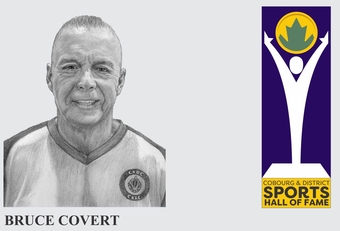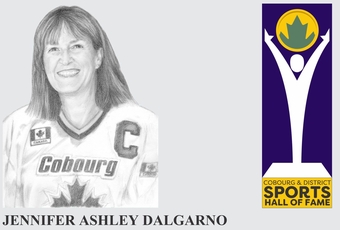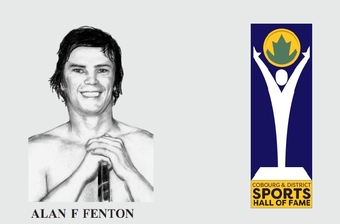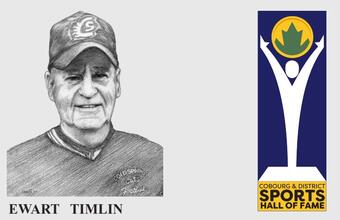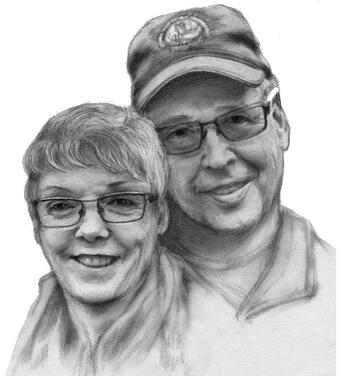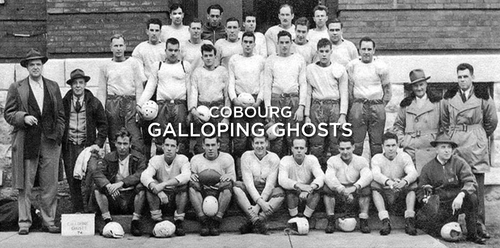Craig Minifie
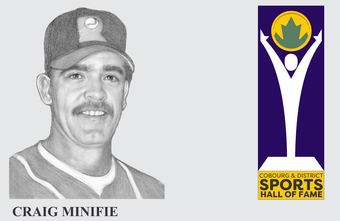
One would be hard pressed to detail the history of the Cobourg Men's Town (Fastball) League without devoting a chapter (and probably two) to the accomplishments of Craig Minifie. Possessing a rare combination of power-hitting and defensive prowess, in the forty-eight-year history of the league he is the All-Time Leader in Hits (473), Runs (288), Home Runs (65), Doubles (68), and RBI's (274) while ranking third All-Time in Games Played (471). Adding 7 Cobourg Town League Championships along the way, Craig was awarded the league's Most Valuable Player Trophy on five separate occasions in 1993, 1994, 1995, 1998, and 2000, all while playing for the Grafton Jays. Craig's talent and accomplishments were not limited to the Cobourg Town League – far from it. At the same time that Craig played in the Town League he also played in the Port Hope – Cobourg Industrial League and the Hamilton Township League, and one year in the Peterborough City League, where he won a Championship. With that schedule it often saw him play at least five Fastball games a week, and at multiple positions, from the pitching mound, to the infield and the outfield. In 1981 Craig was chosen by the Hamilton Township League as the player best combining sportsmanship and ability, and was given the Perc Baker Memorial Trophy. Beyond our area, Craig starred for the Rutherflo team that won the 1994 Men's Intermediate B Championship, the 1995 Men's Intermediate A Championship, the 1997 NAFA World Series AA Championship (where he was named to the All-World Team), the 1998 Eastern Canadian Intermediate B Championship, and the 1999 Eastern Canadian Men's Intermediate A Championship. With Colborne's Master Team, Craig added to his already extensive trophy case, winning the Canadian Master's Championship in 2004 and 2005 and the Provincial Master's Championship in 2006. He then joined the Cobourg Force and won the Ontario Master's Championships in 2007 and 2008. In 2014 he helped the Cobourg Force win the 2014 ISC World Over 50 Tournament. The Force also won the 2015 the ASA Master's Championship where Craig was named to the All-American team as well as leading the tournament in home runs. In 2017, three years later, Craig received the honour of being elected to the Ontario Master's (Fastball) Hall of Fame.

